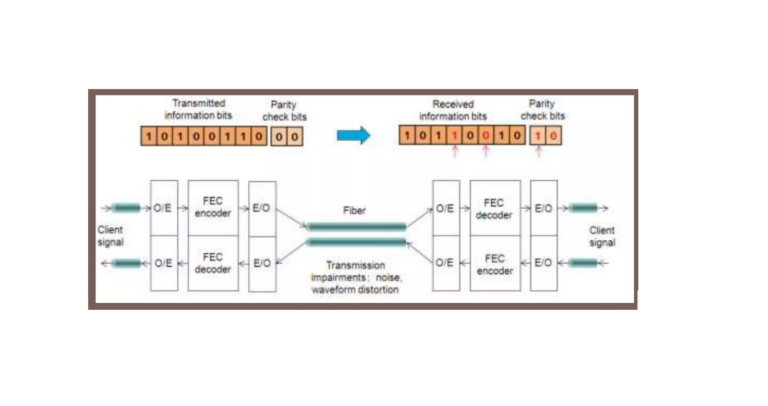Interviews
Showing 11 - 20 of 74 results
Optical Network Engineering is an essential field in the telecommunications industry. It focuses on the design, implementation, and maintenance of...
-
Free
-
March 26, 2025
As we know that to improve correction capability, more powerful and complex FEC codes must be used. However, the more...
-
Free
-
March 26, 2025
Following are the few options that can help increase capacity of an Optical System Increasing the signal’s frequency Increasing the...
-
Free
-
March 26, 2025
Following are the major parameters associated with optical light sources: OCh output power OCh wavelength AQ Line spacing Cutoff A...
-
Free
-
March 26, 2025
Following are the major parameters associated with fibers: Forward attenuation/km Backward attenuation/km (if asymmetric) Polarization mode dispersion Polarization-dependent loss (PDL)...
-
Free
-
March 26, 2025
This is because of the reduction of the minimal distance between two points of the constellation, which reduces the resilience...
-
Free
-
March 26, 2025
SE is defined as the information capacity of a single channel (in bit/s) divided by the frequency spacing Δf (in...
-
Free
-
March 26, 2025
This corresponds to the dependence of the insertion loss of passive components to the signal state of polarization (SOP).
-
Free
-
March 26, 2025
The signal transmission quality is not stable over a long period of time because of the polarization effects occurring along...
-
Free
-
March 26, 2025
The optical spectrum analyzer (OSA) is the device typically used to measure OSNR. Signal and noise measurements are made over...
-
Free
-
March 26, 2025
Explore Articles
Explore Courses
Tags
amplifier
automation
ber
Bit Error Ratio
Chromatic Dispersion
Communication technology
Data transmission
DWDM
edfa
EDFAs
Erbium-Doped Fiber Amplifiers
Error correction
fec
Fiber optics
Fiber optic technology
Forward Error Correction
Latency
modulation
network automation
Network Design
network management
Network performance
noise figure
optical
optical amplifiers
Optical communication
Optical fiber
Optical network
optical networking
Optical networks
Optical signal-to-noise ratio
Optical transmission
OSNR
OTN
Q-factor
raman
Raman Amplifier
SDH
Signal amplification
Signal distortion
Signal integrity
Signal quality
Slider
Telecommunications
Ticker



